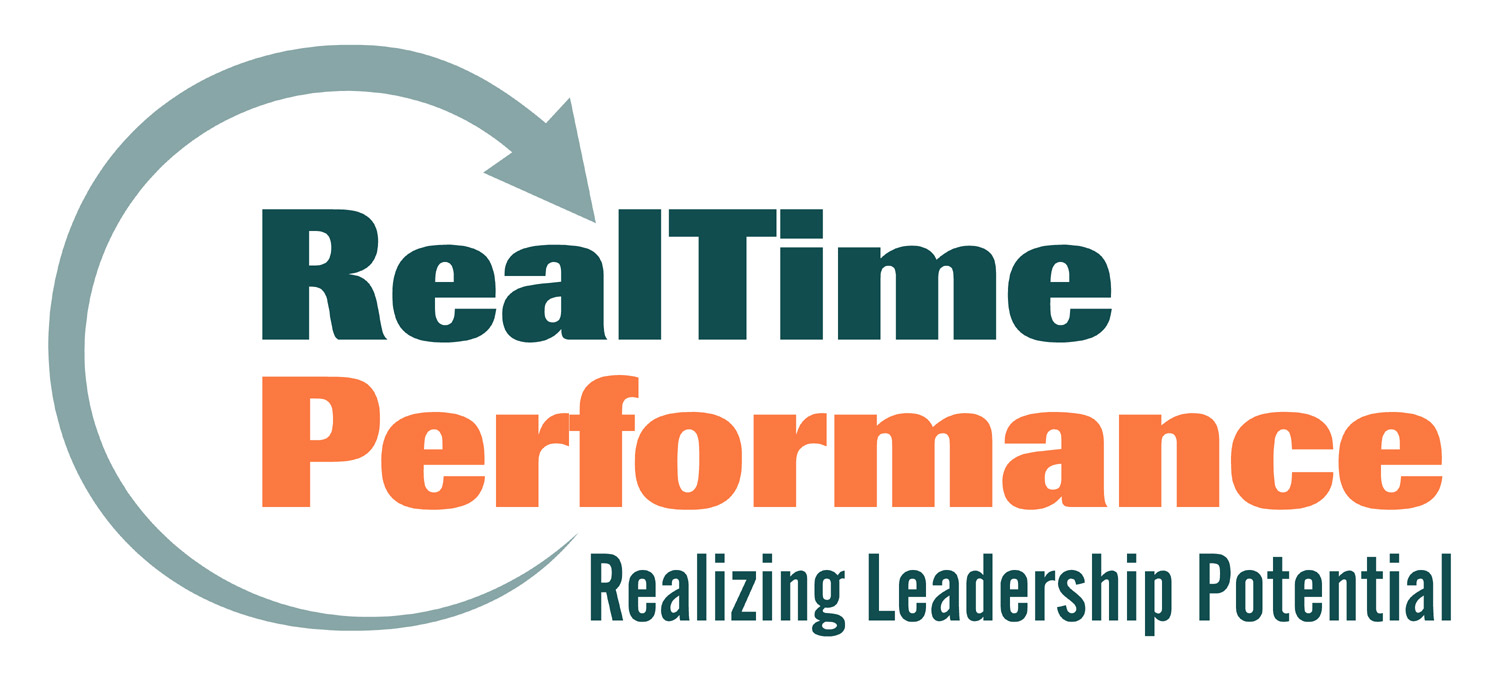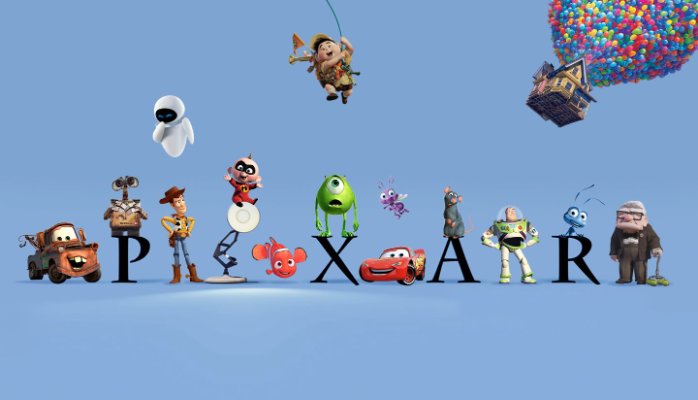In a recent interview, Ed Catmull, the cofounder of Pixar, shares his views on risk, failure and culture. The entire interview is worthwhile, but I found Ed’s perspective on these three issues to be especially insightful and applicable to all industries.
Taking Risks
The nature of innovation requires risk taking. This creates a fundamental tension for leaders who are simultaneously tasked with providing clear, stable leadership and managing a process that creates something new and of value. The process of creation is inherently messy, so we have to strike a balance. Here is how Ed describes it:
We know, intellectually, that if we want to do something new, there will be some unpredictable problems. But if it gets too messy, it actually does fall apart. And adhering to the pure, original plan falls apart, too, because it doesn’t represent reality. So you are always in this balance between clear leadership and chaos; in fact that’s where you’re supposed to be. Rather than thinking, “OK, my job is to prevent or avoid all the messes,” I just try to say, “well, let’s make sure it doesn’t get too messy.”
So how does Ed deal with this tension? Ed breaks risk down into three stages:
The first stage is to consciously decide what risks you want to take. The second is to work out the consequences of those choices; this can be fairly time consuming. The third stage is “lock and load,” when you do not intentionally add new risk. The trick is to make sure you do stage one—doing something that has risk as part of it.
Too many managers overlook that first step. And in their defence, often the cultural norms and incentives are lined up to reinforce leadership behaviors that provide clarity and stability, while the leadership behaviors that embrace risk are not supported. You have to decide what you’re willing to take a risk on. If you’re struggling with this step, revisit the core purpose or mission of your organization. Why does your organization exist at all? How are you changing the world? The risks you take should be about furthering your organizational mission.
Failure
How we view the experience of failure when we look into the past is completely opposite to how we view the experience of failure when we project into the future:
One of the things about failure is that it’s asymmetrical with respect to time. When you look back and see failure, you say, “it made me what I am!” But looking forward, you think, “I don’t know what is going to happen and I don’t want to fail.”
Ed’s solution to this dilemma is to run lots of experiments. This, by the way, is the same approach that Jeff Bezos champions at Amazon. One of my favorite Bezos quotes is; “if you double the number of experiments you do per year you’re going to double your inventiveness.” By running experiments you build into the culture this idea of continuously trying new ideas. Risk is embedded in the process and you create an environment where it is safe to fail. The key is learning from each experiment and accepting that many of them will fail.
Culture
Ed emphasizes the importance of what he calls cultural succession. Each generation of leadership is charged with passing down the timeless values that make your organization unique and ultimately drive your success:
Everybody talks about succession planning because of its importance, but to me the issue that’s missed is cultural succession. You have to make sure the next level down understands what the actual values are. For example, Walt Disney was driven by technological change and he brought that energy into the company. This was sound and color in the early days of the film industry. Then, in the theme parks, he used the highest technology available to create experiences and animatronics.
But after he died, the people left didn’t fully understand how he thought. So it fell away from the company, and it didn’t come back until Walt’s nephew, Roy Disney Jr., used his authority to reintroduce the concept. He insisted on getting into a contract with Pixar, over the objection that our software wouldn’t save any money. He said, “no, I want it because it will infuse energy into animation.” He was very explicit about it—he understood better what Walt was doing.
The question is, “if Walt understood it, why didn’t the other people understand it?” They just assumed that he was a genius, without thinking about what he was actually doing. Thus, the value wasn’t passed on. Today, much of our senior leadership’s time is spent making sure our values are deeply embedded at every level of our organization. It is very challenging—but necessary for us to continue making great movies.
Given the demographics of today’s workforce, this issue of passing down your values is becoming even more critical. As the Baby Boomers retire and hand the keys to the next generation, too often the values are forgotten or neglected. For the past year I have been deeply involved in a project at Honda focused on this very challenge. Embedding the values in each successive generation requires lots of storytelling, mentoring and coaching. It’s not enough to simply live the values day-to-day, you have to also communicate why the values are important, and how they guide decision making.
This article was originally published on LinkedIn in April 2016.
Sean P. Murray is an author, speaker and consultant in the areas of leadership development and talent management.



Everything is very open with a clear clarification of the issues.
It was really informative. Your website is very helpful.
Thanks for sharing!